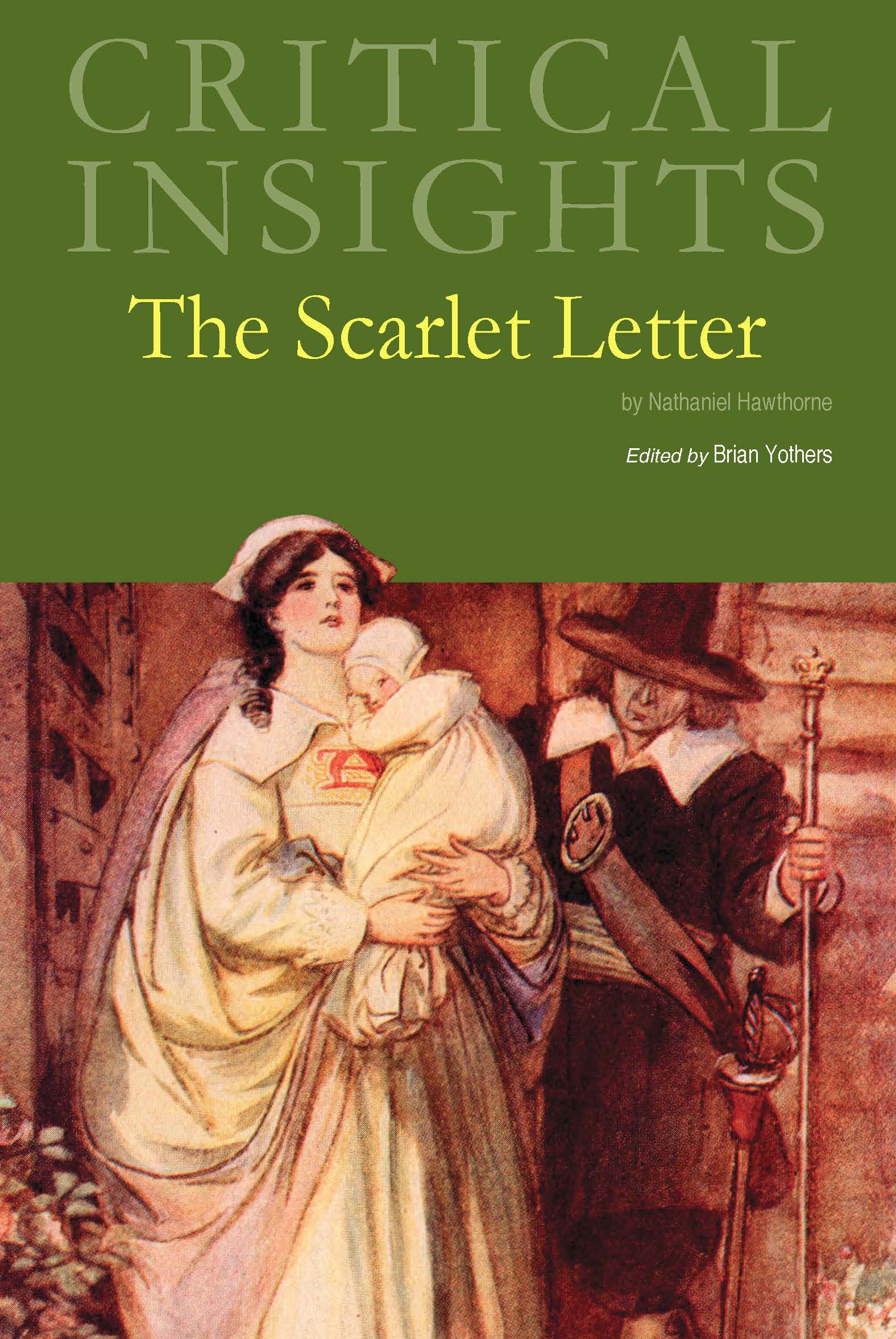Critical Insights: The Scarlet Letter
This volume examines how The Scarlet Letter brings together many vital strands in American literature and culture. Puritanism and the rise of religious liberalism; philosophical Romanticism and Transcendentalism; the role of women and gender; the nature of justice and democratic governance; and the relationship between the United States and the wider world.
Few American novels generate as wide a range of approaches as Hawthorne’s The Scarlet Letter, and this volume reflects that diversity of opinion and subject matter. In The Scarlet Letter, Hawthorne addresses issues as wide-ranging as the changing status of women in nineteenth-century America, the relation of nineteenth century New Englanders to their Puritan past, the ethical and aesthetic theories of romanticism and transcendentalism, the nature of sexual relationships and morality, the meaning of childhood, the relative value of religious faith and skeptical doubt, and indeed the entire structure of human relationships. The thirteen chapters in this volume explore the full range of issues that have been so crucial to criticism and scholarship on The Scarlet Letter over the last century and a half.
Each Critical Insights is divided into four sections:
An Introduction – The book and the Author
An introduction on the title and a biography of Nathaniel Hawthorne are provided by editor, Brian Yothers.
Critical Contexts
In the opening Critical Contexts section, Samuel Coale provides a narrative of the history of the critical response to The Scarlet Letter. Robert C. Evans’s Critical Lens essay shows just how many vantage points there are for considering the meanings of The Scarlet Letter. Anupama Arora’s comparison of Hawthorne’s The Scarlet Letter and Jhumpa Lahiri’s Unaccustomed Earth likewise shows how enduring Hawthorne’s work has been. Brian Yothers shows how Hawthorne’s representations of both his Puritan forebears and transcendentalist contemporaries are shaped by the history of New England and by Hawthorne’s desire to provide a new history of the region.
Critical Readings
At the start of this section, Jane Zwart considers the aspect that Hawthorne’s story is not a novel primarily engaged with the contact between indigenous and European Americans, but the question of New World colonization is never far from the foreground, even as Hawthorne’s engagement with transatlantic writing is always present; an engagement with postcolonial criticism and theory becomes essential for a full understanding of Hawthorne’s story. John Wenke’s chapter also considers the ways in which The Scarlet Letter looks beyond the conventional boundaries of Puritan society. Jonathan A. Cook shows how The Scarlet Letter helps the reader understand Hawthorne’s own role in the heated political controversies of his time, and showing how Hawthorne’s story as a political appointee shapes the story that he tells in The Scarlet Letter.
Brad Bannon’s chapter is concerned with the ways in which Hawthorne intersects with the intellectual and artistic world of international Romanticism. Casey R. Pratt considers how Hawthorne’s book fits within the model of the American Romance. A third chapter to explore the evolving critical constructs applied by American literary scholars to Hawthorne’s 1850 book is Christopher N. Phillips’s consideration of The Scarlet Letter as a representative American Renaissance text.
Nancy F. Sweet considers how Hawthorne’s work shaped and was shaped by popular American fiction. Steven Petersheim takes a related tack in writing about The Scarlet Letter as an example of the complementary genres of utopian and dystopian fiction. As a scholar of both nineteenth century American literature and film, David Greven considers the filmic afterlife of The Scarlet Letter.
Each essay is 2,500-5,000 words in length and all essays conclude with a list of "Works Cited," along with endnotes.
Additional Resources:
- Chronology
- Major Works
- Bibliography
- About the Editor
- Contributors
- Index
As a group, these chapters illustrate the profundity of the impact that The Scarlet Letter has made on the literature and culture of both the United States itself and the English-speaking world. Hawthorne’s book, which is so deeply engaged with questions of interpretation, is itself an example of how productive the process of literary interpretation can be.




